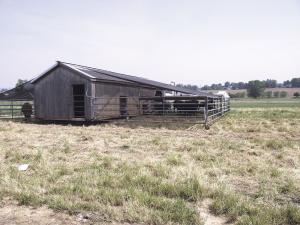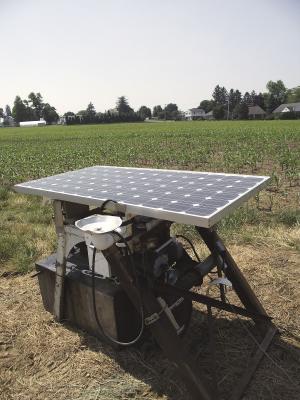- Thread starter
- #181
Bayleaf Meadows
True BYH Addict
Goat tractor

This year, I have sold two doelings, retained two doelings. I have two does in milk for sale to make room for the retained doelings. AND I have seven bucklings for sale that have not even had one inquiry! Too many goats. This article addresses some of the issues I am facing- https://www.hobbyfarms.com/goats-milking-through-breeding/


Although color has no factor in my buying/breeding choices, one of the things I love about Nigerians is the color diversity within the breed.Read an interesting article on goat color genetics- http://www.hasitall.com/genetics/